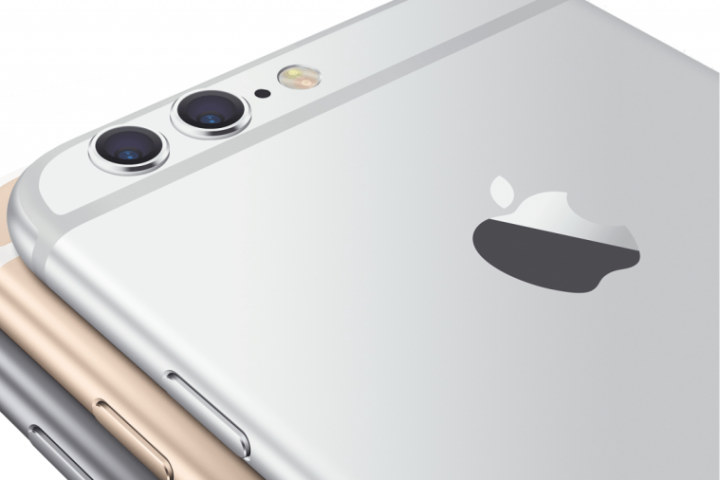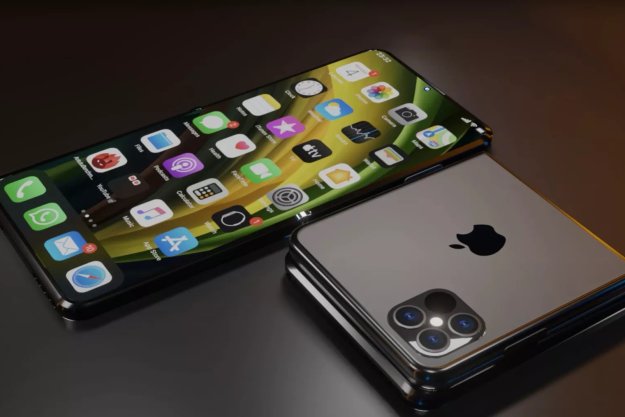
While both the iPhone 6 and 6 Plus, as well as the Galaxy S6 and S6 Edge are among the best smartphones for capturing pictures, none of these phones can compete with a DSLR camera. Based on recent reports and acquisitions, it seems both companies may be looking into dual-cameras as a way to shrink that gap.
Suppliers report that both Apple and Samsung, as well as other manufacturers in China, are starting to source components for dual-cameras. In addition to the new image sensors, manufacturers will also need to purchase additional RAM to handle the processing of the more complex images.
Earlier moves from Apple and Samsung also signal that dual cameras are in the works. Apple bought Linx Computational Imaging, a company that specializes in using multiple sensors for capturing both 2D and 3D images, for $20 million last April. Apple was also granted a patent for a dual-camera setup back in 2014. Meanwhile, Samsung recently added dual-camera capability to its latest Exynos 7420 processor, in a move that many believe signals its future plans for dual-camera tech.
While companies like HTC offered dual-cameras in the past, the implementation never provided anything useful. The dual camera on a few HTC phones produced bokeh effects and images that looked somewhat 3D, but the features didn’t excite most users. However, the next generation of dual-cameras will be more about improving the image quality than gimmicks.
One of the cameras will be used for color information and the other will concentrate on brightness. The information from both cameras can be combined into a final photo, providing better color detail and higher quality images under low lighting conditions. In theory, two lenses should double the image quality, which would be pretty amazing based on the quality we are already seeing from today’s smartphones with one lens.
There’s still no clear indication as to when Apple and Samsung will implement this technology, but there’s a good chance that next year’s iPhone 7 and Galaxy S7 could sport dual-cameras.
Editors' Recommendations
- This is one of the toughest smartphone camera comparisons I’ve ever done
- 5 phones you should buy instead of the iPhone 15
- 5 phones you should buy instead of the iPhone 15 Pro
- The top 7 bestselling phones of 2023 were all … you guessed it
- Why I ditched my iPhone 15 Pro for the Samsung Galaxy S24 Ultra


